More about the book
The California edition of the Pennyroyal Press "Frankenstein" unites the dark side of Barry Moser's art with the classic 1818 text of Mary Shelley's tale of moral transfiguration. In a vivid sequence of woodcuts, the reader witnesses the birth of the "monster" as Moser shapes him from darkness and gives him a form simultaneously ghastly in its malice and transfixing in its suffering.
Language
Publication
- 2025
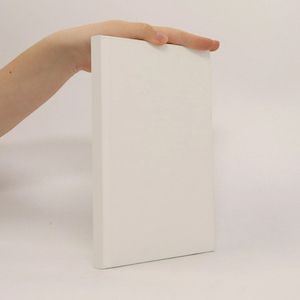
- 2025

- 2024

- 2024

- 2024

- 2024

- 2024

- 2024

- 2024

- 2024

- 2023

- 2023

- 2023

- 2023

- 2023

- 2023

- 2023

- 2023

- 2023

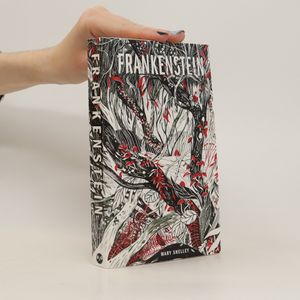
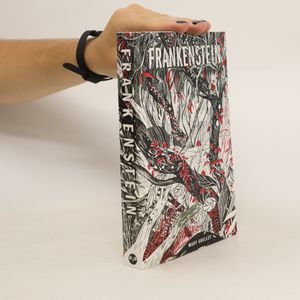
- 2022

- 2022

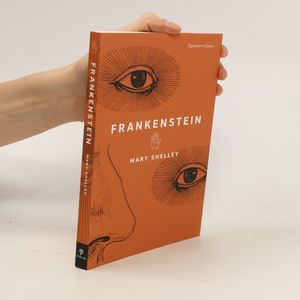
- 2022

- 2022

- 2022

- 2022

- 2022

- 2022

- 2022

- 2022

- 2022

- 2022

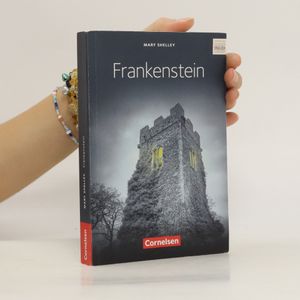
- 2021

- 2021

- 2021

- 2021

- 2021

- 2021

- 2021

- 2021

- 2021

- 2021

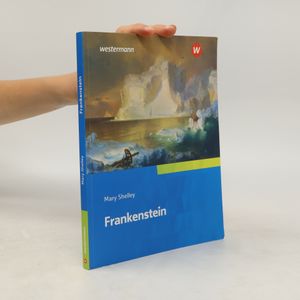

- 2020

- 2020

- 2020

- 2020

- 2020

- 2020

- 2020

- 2020

- 2020

- 2020

- 2020

- 2020

- 2020

- 2020

- 2020

- 2020

- 2020

- 2020

- 2020

- 2020

- 2020

- 2020

- 2020

- 2019




- 2019

- 2019

- 2019

- 2019


- 2019

- 2019

- 2019

- 2019

- 2019

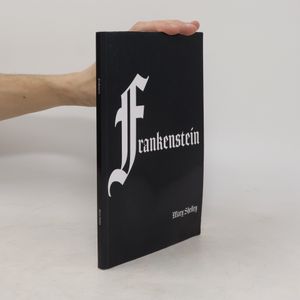



- 2018

- 2018

- 2018

- 2018

- 2018

- 2018

- 2018


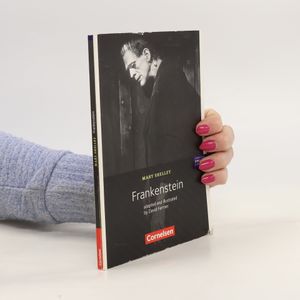
- 2018

- 2018

- 2018

- 2018

- 2018

- 2018

- 2018

- 2018

- 2018

- 2018

- 2018

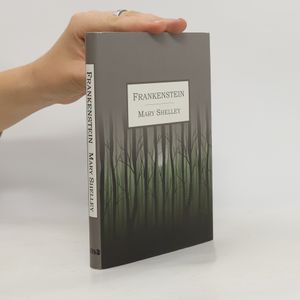

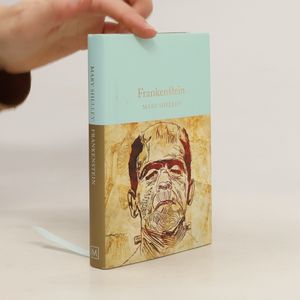
- 2017

- 2017

- 2017

- 2017

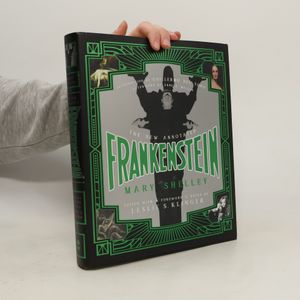
- 2017

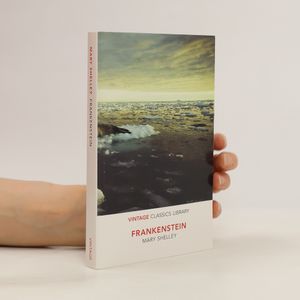

- 2016

- 2016

- 2016

- 2016

- 2016

- 2016

- 2016

- 2016


- 2016




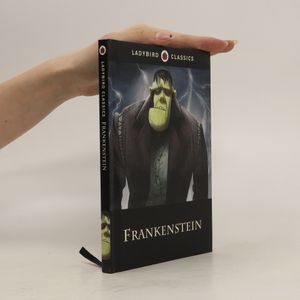
- 2015

- 2015

- 2015

- 2015






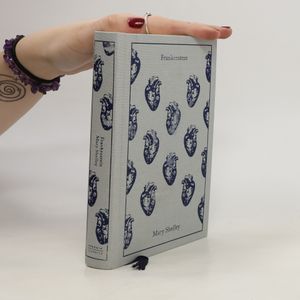
- 2014

- 2014

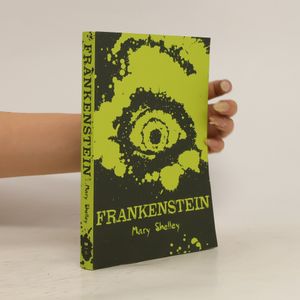
- 2014

- 2014






- 2013

- 2013

- 2013

- 2013

- 2013



- 2012

- 2012

- 2012

- 2012

- 2012

- 2011

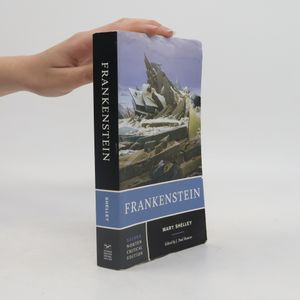
- 2011

- 2011

- 2011

- 2011

- 2011

- 2011


- 2010

- 2010

- 2010

- 2010

- 2010

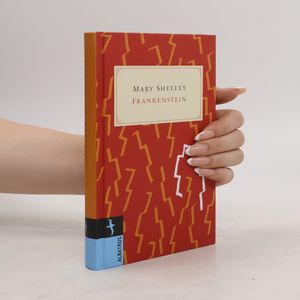
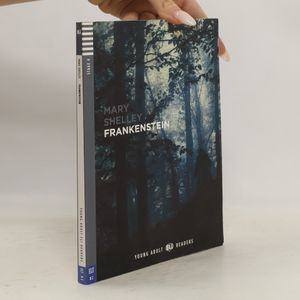
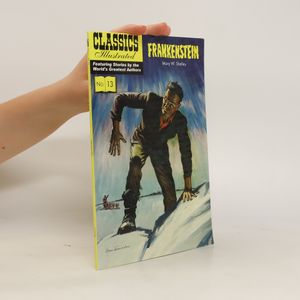
- 2009

- 2009

- 2009

- 2009

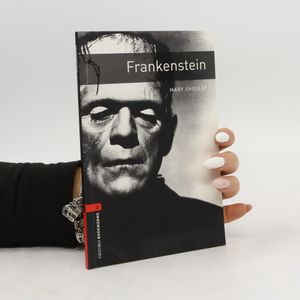
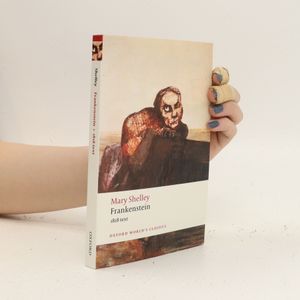


- 2008

- 2008

- 2008

- 2008


- 2008




- 2007

- 2007


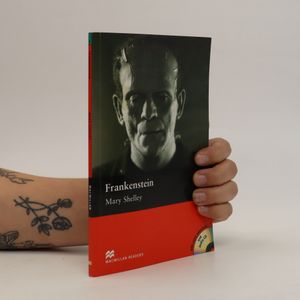
- 2005

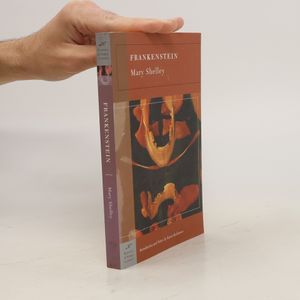
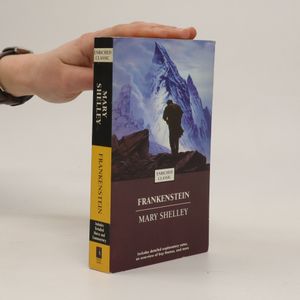
- 2004

- 2004

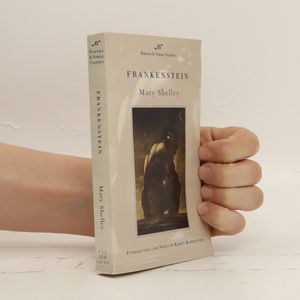


- 2002

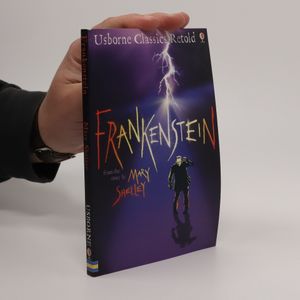

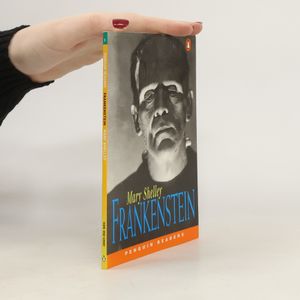


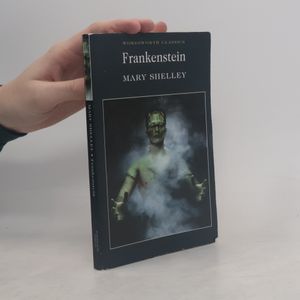


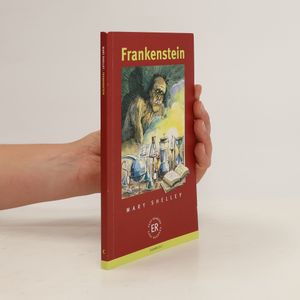

- 1998

- 1998

- 1997



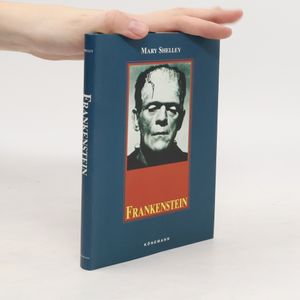
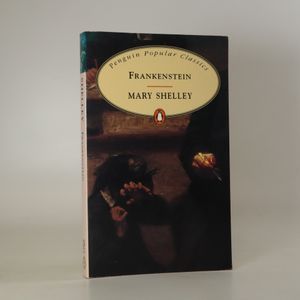
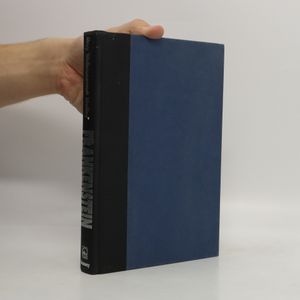

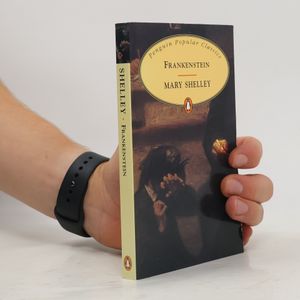


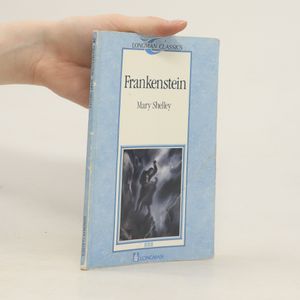
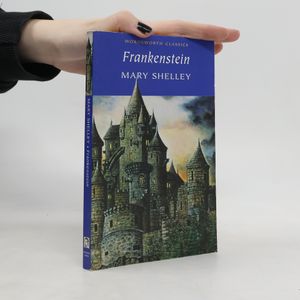



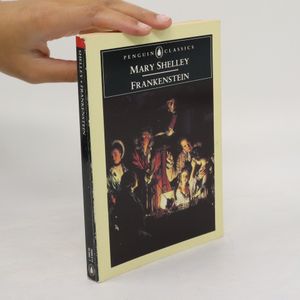
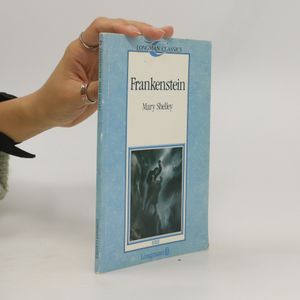
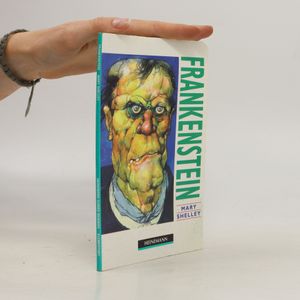

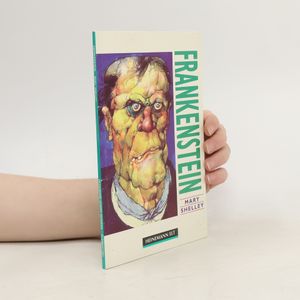

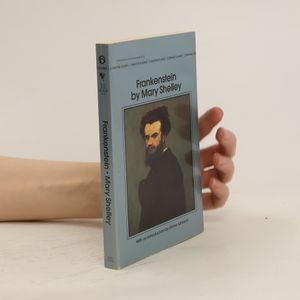
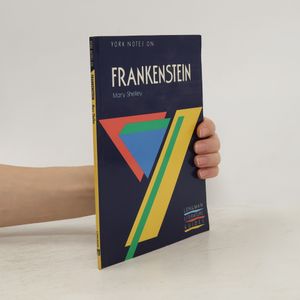
- 1982






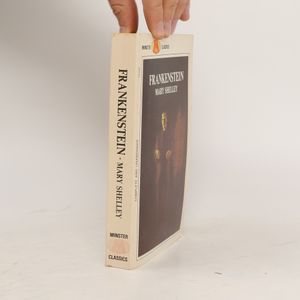
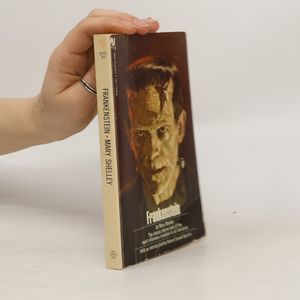





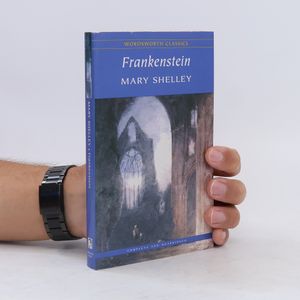


Book purchase
Frankenstein, Mary Shelley
- Language
- Released
- 1980
We’ll email you as soon as we track it down.
Payment methods
We’re missing your review here.
